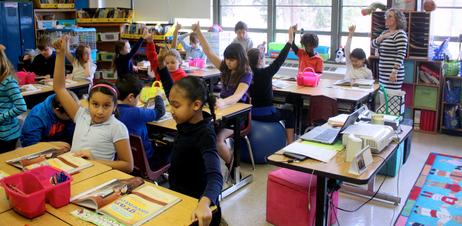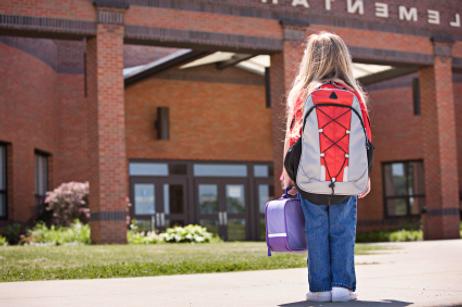While the unjust days of official segregation ended 40 years ago, public schools today are struggling against another type of segregation: racial isolation. Public schools in both urban and rural areas have been experiencing racial isolation, which occurs when one district is densely populated by a predominant ethnic group.
To combat these geographically-induced segregation trends, public school leaders have created integration programs to develop more diverse student populations. While the concept of mandatory racial integration may sound strange to an unfamiliar ear, schools across the country have implemented “reassignment” programs to increase diversity. In many cases, public schools have enforced specific race-based quotas – and these practices have ignited controversy on both sides of the debate.
From the Library of Congress: "The massive effort to desegregate public schools across the United States was a major goal of the Civil Rights Movement. Since the 1930s, lawyers from the National Association for the Advancement of Colored People (NAACP) had strategized to bring local lawsuits to court, arguing that separate was not equal and that every child, regardless of race, deserved a first-class education. These lawsuits were combined into the landmark Brown v. Board of Education Supreme Court case that outlawed segregation in schools in 1954. But the vast majority of segregated schools were not integrated until many years later. Many interviewees of the Civil Rights History Project recount a long, painful struggle that scarred many students, teachers, and parents."
Chicago Public Schools: Mandatory Racial Integration
Gaining a major






















